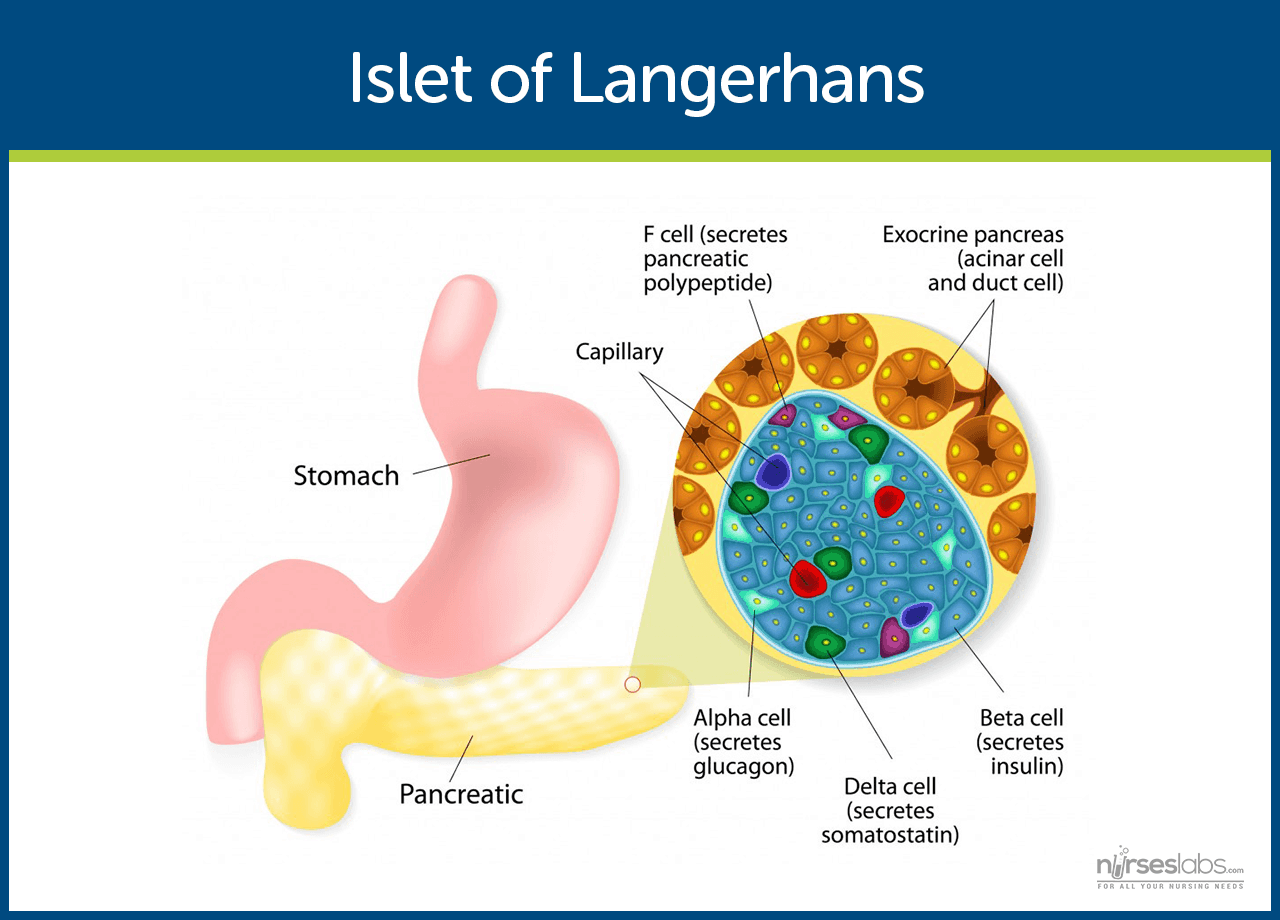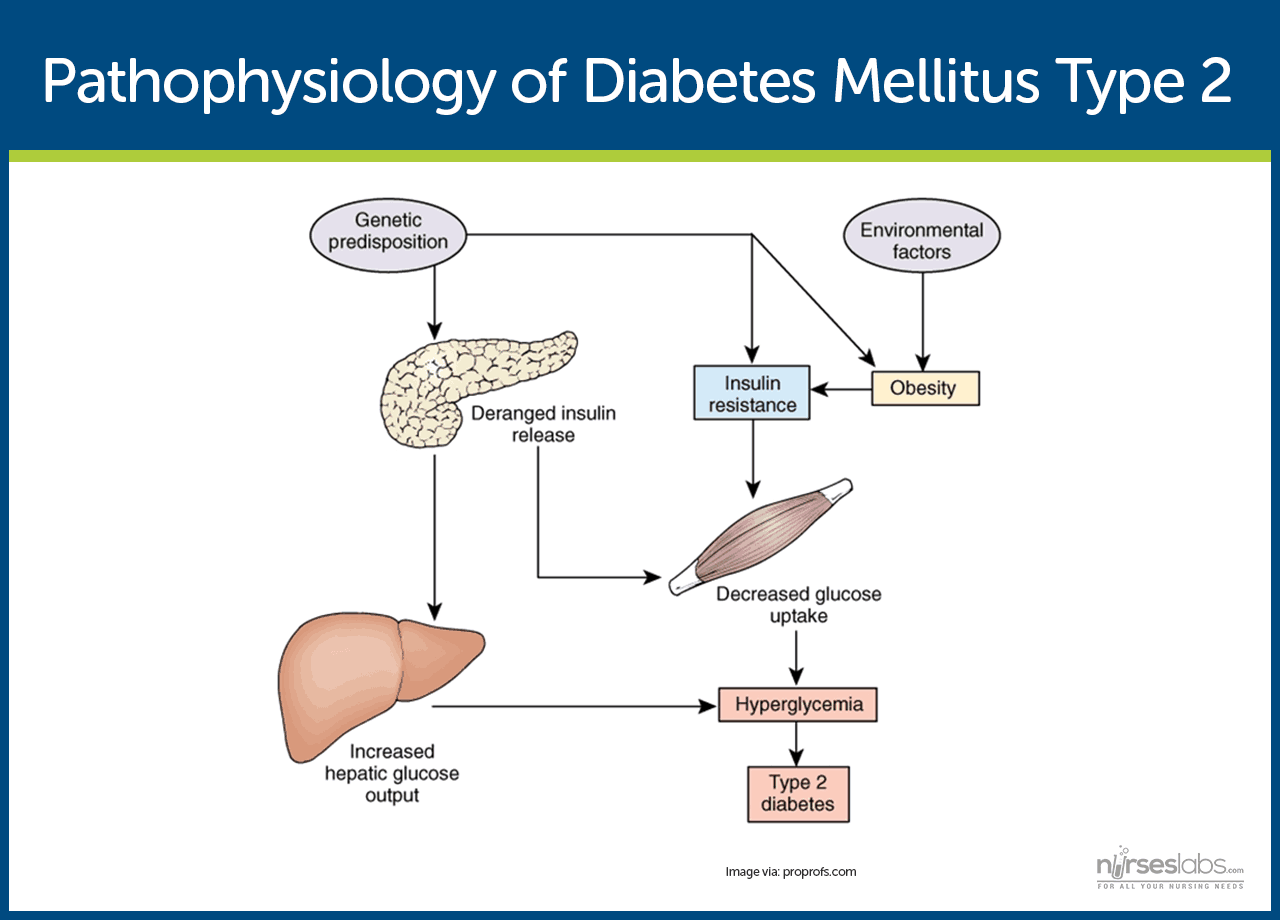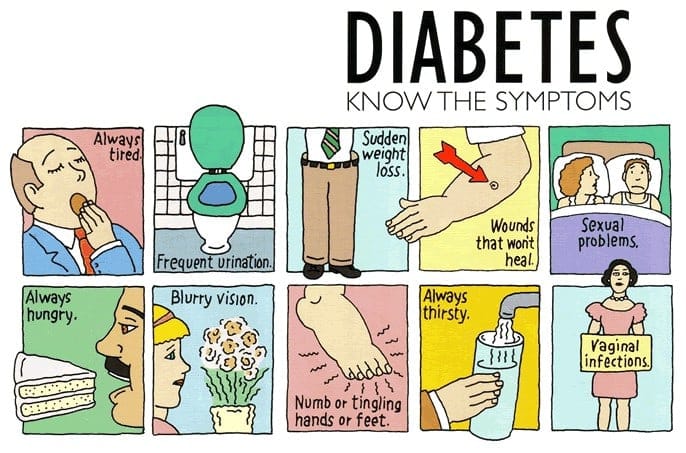nursing management of diabetes mellitus
nursing management of diabetes mellitus

Description
The liver’s production of glucose from food substances and the gastrointestinal tract’s absorption of ingested food are the main sources of the glucose that enters the bloodstream.
- Diabetes mellitus is a group of metabolic conditions characterized by elevated blood glucose levels.
- Diabetes mellitus most often results in defects in insulin secretion, insulin action, or even both.
Classification
The diabetes mellitus classification system is unique because, with the exception of those with type 1 diabetes, patients can move from one category to another and there are numerous differences between individuals in each category.
- Type 1 diabetes, type 2 diabetes, gestational diabetes, and diabetes mellitus among other conditions are the main types of diabetes.
The causes, course, and treatment of the two types of diabetes mellitus are what set them apart.
Pathophysiology
Due to its multiple types, diabetes mellitus has distinct pathophysiological courses.

- An anabolic hormone, insulin is produced in the pancreas by beta cells.
As insulin levels rise, glucose moves from the blood into muscle, liver, and fat cells when we eat.
The transport and metabolism of glucose for energy, the stimulation of glucose storage in the liver and muscle, the signal to the liver to stop releasing glucose, the enhancement of dietary fat storage in adipose tissue, and the acceleration of amino acid transport into cells are all functions of insulin.
By stimulating the release of glucose from the liver, insulin and glucagon keep the level of glucose in the blood constant.
Type 1 Diabetes Mellitus
- Pancreatic beta cell destruction is the hallmark of type 1 diabetes mellitus.
A genetic predisposition is a frequent underlying factor in the onset of type 1 diabetes.
The destruction of beta cells results in fasting hyperglycemia, uncontrolled liver glucose production, and a decrease in insulin production.
Food-derived glucose remains in the bloodstream rather than being stored in the liver.
After reaching the renal threshold, the glucose will not be absorbable by the kidneys, so glycosuria will be seen in the urine.
Osmotic diuresis occurs when there is an excessive loss of fluids and excessive excretion of glucose in the urine.
Ketone, a byproduct of fat breakdown, is produced through the breakdown of fat.
Type 2 Diabetes Mellitus

- Insulin resistance and impaired insulin secretion are major issues in type 2 diabetes.
Because insulin is unable to bind to the specialized receptors, its ability to regulate glucose release and stimulate glucose uptake decreases.
To keep the level of glucose at a normal or slightly elevated level, more insulin is required.
However, there is sufficient insulin to prevent the production of ketones and the breakdown of fats.
Type 2 diabetes that is not controlled could result in hyperglycemic, hyperosmolar nonketotic syndrome.
Polyuria, polydipsia, polyphagia, fatigue, irritability, poorly healing skin wounds, vaginal infections, or blurred vision are typical symptoms.
Gestational Diabetes Mellitus
- The pregnant woman with gestational diabetes mellitus (GDM) experiences any degree of glucose intolerance at the beginning of her pregnancy.
Placental hormone secretion results in insulin resistance and hyperglycemia.
Women with GDM typically have normal blood glucose levels after giving birth, or they eventually develop type 2 diabetes.
Epidemiology
Diabetes mellitus is now one of the most common diseases all over the world. Here are some quick facts and numbers on diabetes mellitus.
- Diabetes affects over 23 million people in the United States, but only about a third are diagnosed.
More than 30 million new cases are anticipated to be reported by 2030.
Diabetes is especially common in older people; About half of the people over the age of 65 have some form of glucose intolerance.
40 percent of people with diabetes are 65 years old or older.
Diabetes is more common among African Americans and other racial and ethnic groups.
Diabetes is the leading cause of non-traumatic amputations, adult blindness in working age, and end-stage renal disease in the United States.
Diabetes is the third most common disease-related cause of death.
Diabetes-related expenses are estimated to amount to nearly $174 billion annually.
Causes
Although the exact cause of diabetes mellitus remains a mystery, the condition is influenced by a number of factors.
Type 1 Diabetes Mellitus
- Genetics. Genetics may have played a role in the destruction of the beta cells in type 1 DM.
- Factors from the environment. The beta cells can be destroyed by certain environmental factors like viruses.
Type 2 Diabetes Mellitus
- Weight. Due to the development of insulin resistance, obesity, also known as excess weight, is one of the factors that contribute to type 2 diabetes.
Inactivity. Insulin resistance and reduced insulin secretion can also result from sedentary lifestyle and lack of exercise..
Gestational Diabetes Mellitus
- Weight. It is difficult for the body to use insulin if you were overweight prior to pregnancy and gained weight.
- Genetics. If you have a parent or a sibling who has type 2 DM, you are most likely predisposed to GDM.
Clinical Manifestations
Clinical manifestations depend on the level of the patient’s hyperglycemia.
- Increased urination or polyuria. Polyuria occurs when the kidneys remove too much sugar from the blood and produce more urine.
Polydipsia, or more thirst. Polydipsia is present because when polyuria occurs, the body loses more water, making the patient thirstier.
either an increased appetite or polyphagia. Even though the patient eats a lot, insulin resistance or a lack of insulin production prevents glucose from entering the cells.
weakness and exhaustion The patient’s food does not provide the body with sufficient energy.
Vision changes suddenly. In an effort to make up for the loss of fluid in the blood, the body removes fluid from the eye, causing difficulty in focusing vision.

- Numbness or tingling in the hands or feet A decrease in glucose levels within the cells results in tingling and numbness.
Skin is dry. The skin becomes dehydrated as a result of polyuria.
Bruises or skin lesions that take a long time to heal The accumulation of glucose inside blood vessels prevents white blood cells, which are essential for wound healing, from entering the cells.
persistent infections Bacteria easily thrive in the high glucose concentration.
Prevention
Diabetes mellitus can be effectively prevented through lifestyle modification.
- People who are at high risk for developing type 2 diabetes receive metformin, standard lifestyle recommendations, and a placebo.
The intensive lifestyle modification program had a 16-lesson curriculum that emphasized moderate physical activity and weight loss of more than 7% of initial body weight.
Additionally, it included strategies for behavior modification that can assist patients in achieving their weight loss and exercise goals.
Complications
Several complications of diabetes can occur if the condition is not treated.
- Hypoglycemia. When blood glucose falls below 50 to 60 mg/dL due to an excess of insulin or oral hypoglycemic agents, insufficient food intake, or excessive physical activity, this condition is known as hypoglycemia.
Ketoacidosis with diabetes. DKA is characterized by hyperglycemia, dehydration and electrolyte loss, and acidosis due to insulin deficiency or markedly inadequate levels.
Nonketotic Hyperglycemic Hyperosmolar Syndrome HHNS is a serious condition in which the sense of awareness changes and hyperosmolarity and hyperglycemia take over.
Click here for South African Nursing Colleges and Schools Application 2023-2024
RELATED LINKS
Nursing Online Application links